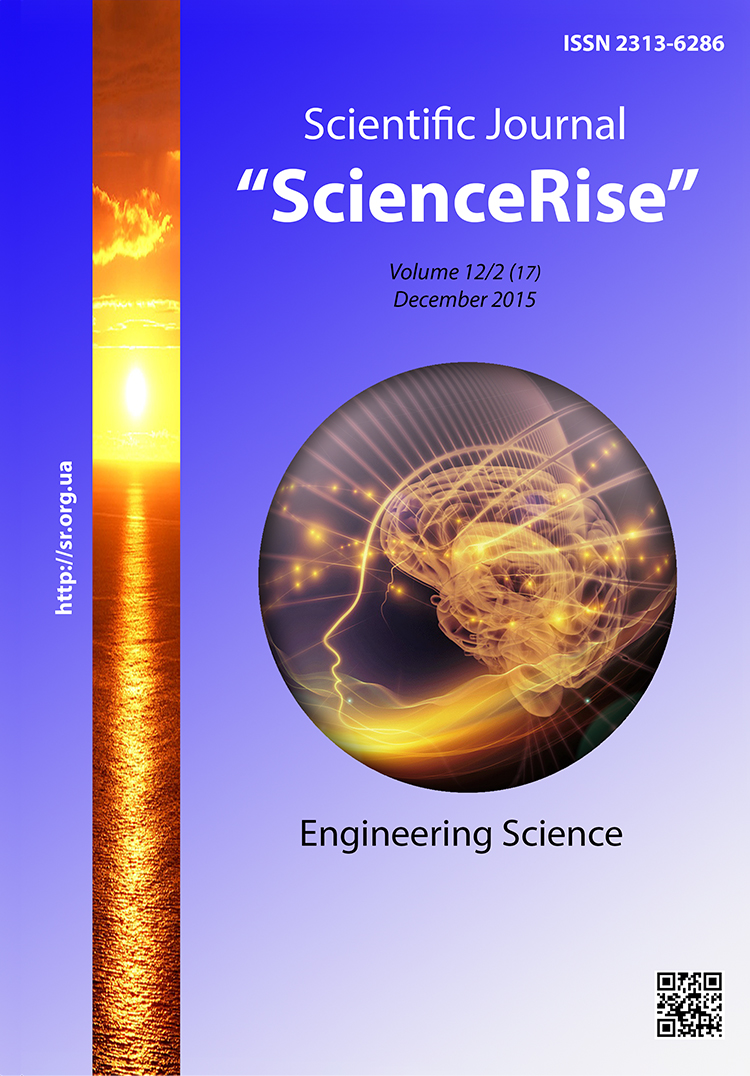Experimental evaluation of effectiveness of business applications development for mobile operating system android
DOI:
https://doi.org/10.15587/2313-8416.2015.56328Keywords:
android, mobile app, Java, Gradle, service, model, software, BaasAbstract
The aim of the study was experimentally justify the usefulness of the model implementation of cloud computing environment BaaS in the development of mobile applications on the basis of experimental evaluation of the internal quality metrics of software. Studies have received the further development of methods for the selection and validation of architectural solutions for business applications of the operating system Android, which allows to reduce labor costs for the development and maintenance of software
References
Marks, E., Lozano, B. (2010). A practical guide to cloud computing. John Wiley & Sons.
Roebuck, K. (2011). Mobile Application Development. Lightning Source Inc.
Rhoton, J. (2010). Application of cloud computing in the business processes of the enterprise.Recursive Press.
Herbert, L. (2013). The Forrester Wave: Enterprise Mobility Services, Q1 2013. Forrester. Available at: http://www.forrester.com/pimages/rws/reprints/document/87581/oid/1LT
Rittinghouse, J., Ransome, J. (2010). Cloud computing architecture. CRC Press.
Velte, A., Velte, T., Elsenpeter, R. (2009). Cloud Computing: A Practical Approach. McGraw Hill, 334. Available at: http://ftp.sustech.edu/cloud/Toby_Velte,_Anthony_Velte,_Robert_Elsenpeter_Cloud_Computing,_A_Practical_Approach__2009.pdf
Rittinghouse, J., Ransome, J. (2010). Cloud computing: management and safety, etc. CRC Press.
Downloads
Published
Issue
Section
License
Copyright (c) 2015 Андрей Викторович Дмитренко

This work is licensed under a Creative Commons Attribution 4.0 International License.
Our journal abides by the Creative Commons CC BY copyright rights and permissions for open access journals.
Authors, who are published in this journal, agree to the following conditions:
1. The authors reserve the right to authorship of the work and pass the first publication right of this work to the journal under the terms of a Creative Commons CC BY, which allows others to freely distribute the published research with the obligatory reference to the authors of the original work and the first publication of the work in this journal.
2. The authors have the right to conclude separate supplement agreements that relate to non-exclusive work distribution in the form in which it has been published by the journal (for example, to upload the work to the online storage of the journal or publish it as part of a monograph), provided that the reference to the first publication of the work in this journal is included.

